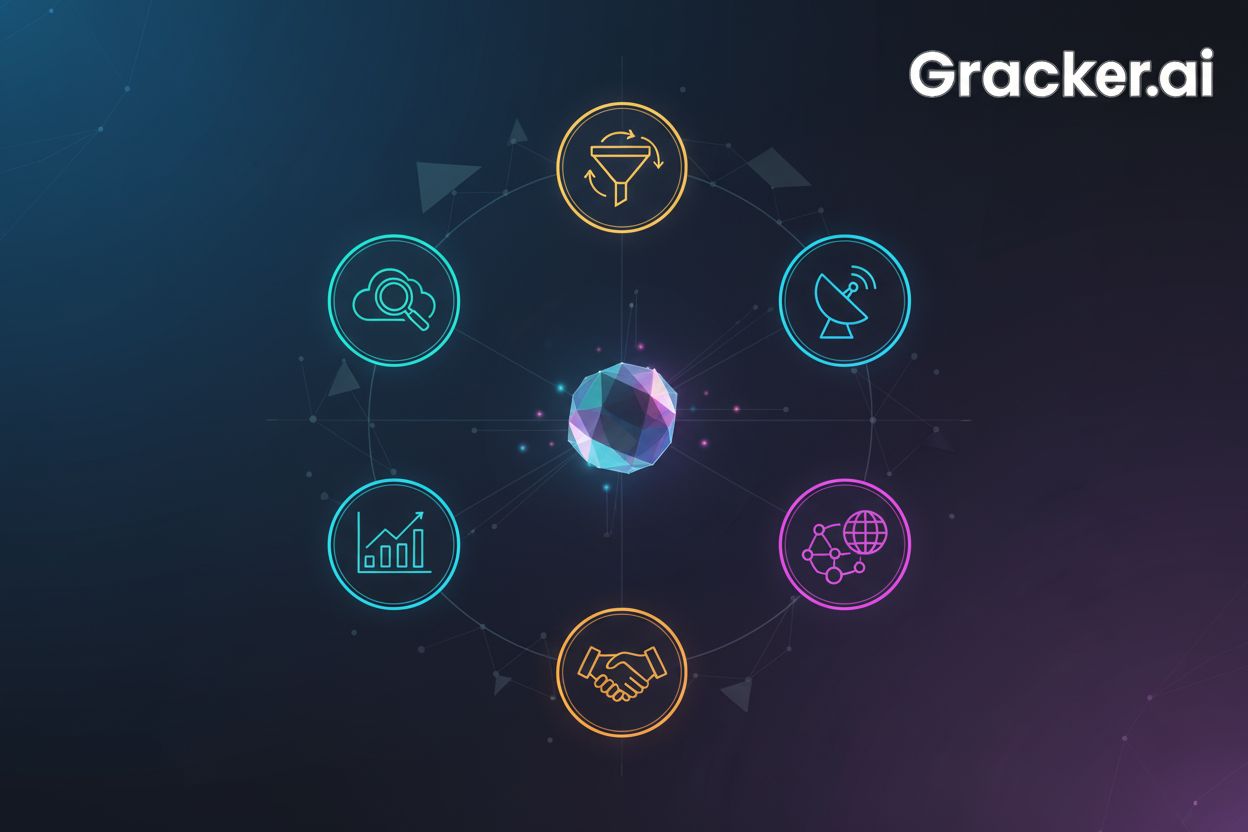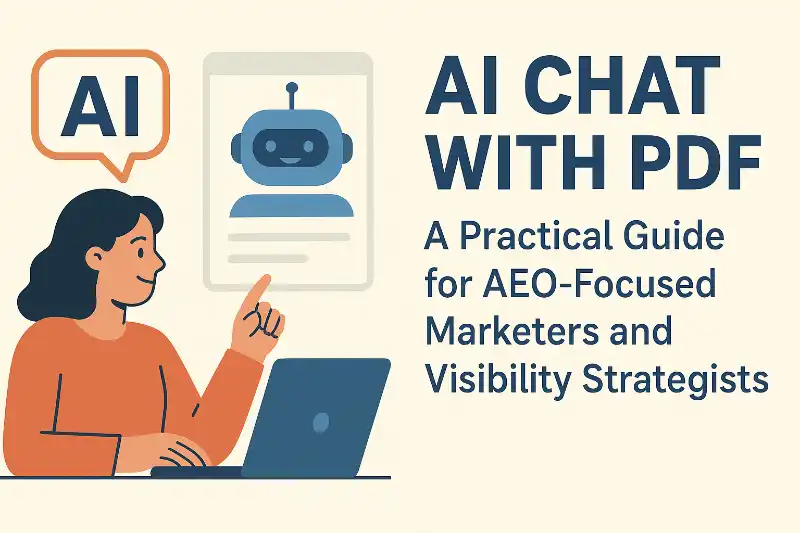How to Future-Proof Your Lookalike Audience Strategy
TL;DR
Understanding the Shifting Landscape of Lookalike Audiences
Ever wonder why your ads aren't hitting the mark like they used to? Well, the world of lookalike audiences is changing faster than my grandma trying to use TikTok. It's not your fault, though! Let's break down what's happening and how to keep up.
Here's the deal:
- Third-party cookies? They're basically dying. Privacy regulations and browser updates are making 'em less reliable. Think of it like trying to bake a cake with half the ingredients missing – it just ain't gonna work right.
- Inaccurate targeting is costing you money. Relying on bad third-party data is like throwing darts in the dark; you're probably wasting ad spend.
- First-party data is the new gold. It offers way more accurate insights into what your customers are actually doing. Think CRM records, loyalty programs, the stuff you collect yourself.
- Data clean rooms are popping up. These let you collaborate securely and do lookalike modeling using that sweet first-party data. You get to expand your reach while keeping privacy intact. decentriq offers clean room solutions, ensuring data privacy while running marketing campaigns.
Imagine a healthcare provider trying to reach new patients. Instead of relying on generic demographic data, they use their own patient records to find lookalikes – people with similar health concerns and behaviors. This way, they can target their ads more effectively and improve patient outcomes.
Building a Future-Proof Lookalike Audience Strategy
Okay, so you're trying to make sure your lookalike audiences actually work, huh? It's not as simple as just hitting a button and watching the magic happen, sadly. You gotta put in the work, or you just wasting money basically.
Forget relying on those creepy third-party cookies that are going away anyway. Instead, focus on collecting first-party data like a squirrel hoarding nuts for the winter. This is your data. CRM records, website activity, app usage, loyalty program info-- all that good stuff.
- Make sure you’re grabbing data from everywhere. Website visits, app interactions, even those old paper feedback forms (if you still use those dinosaurs). The more, the merrier!
- Don't just collect it, use it! Segment your audience based on what they do, what they buy, and who they are. For example, a retailer might segment customers who frequently purchase organic baby food vs. those who buy electronics.
- Keep it clean! Regularly scrub your data to get rid of duplicates, errors, and outdated info. Garbage in, garbage out, ya know? This is particularly important with people changing emails and moving around all the time.
Think of data clean rooms as a virtual sandbox where you can play with other peoples data, but without anyone getting their hands dirty. It's a safe space to collaborate and build lookalike audiences without revealing sensitive info.
- Choose a clean room that fits your needs. Do you need top-notch security? Compliance with specific regulations? Make sure it ticks all the boxes.
- Partner up! Work with publishers and other businesses in the clean room to find shared customer traits.
- Create lookalikes based on those shared traits, but never expose the raw data. It's like baking a cake - you share the delicious result, not the secret recipe.
Advanced Strategies for Lookalike Audience Optimization
Okay, so you're thinking about leveling up your lookalike game? Good. Because just sticking to the basics is like bringing a knife to a gun fight these days. Let's get into some next-level stuff.
ai and machine learning are game-changers; they're not just buzzwords. They can sift through mountains of data to spot patterns you'd never see. In this context, ai and machine learning are like super-smart pattern detectors that go beyond simple rules. They learn from data to find connections that humans might miss, helping to refine your targeting in ways traditional methods can't.
- ai-powered tools identify hidden connections. Imagine a retailer using ai to find that customers who buy a specific brand of coffee are also likely to purchase a certain type of hiking boots. This kind of insight is pure gold.
- Machine learning refines your targeting. An algorithm can learn which traits really matter and adjust your lookalike models accordingly. It's like having a smart assistant constantly tweaking your strategy.
- Continuous testing is key. ai isn't magic; you need to feed it data and let it learn. Keep testing different models and tweaking your inputs.
Don't just stick to facebook and google. There's a whole world of platforms out there with untapped potential.
- Explore LinkedIn for B2B. If you're selling software, LinkedIn is where the professionals are. Create lookalikes based on job titles, industries, and skills.
- Consider programmatic for wider reach. Programmatic advertising lets you target people across the web, not just on specific platforms.
- Adapt your message. What works on Instagram might not work on LinkedIn. Tailor your ads to each platform's audience.
Measuring and Adapting Your Lookalike Audience Strategy
Wondering if your lookalike audiences are actually, like, working? You gotta keep an eye on things and tweak as needed, or else, what's the point, right?
- Track the basics: Conversion rates, cost per acquisition (cpa), and return on ad spend (roas) tells you if you're getting your money's worth. It's Marketing 101, but don't skip it.
- Watch for audience fatigue: if you're seeing the same people over and over, your ads are gonna lose their punch. Monitor the overlap so you don't get stale.
- Think long term: Customer lifetime value (cltv) shows you if those "lookalikes" are sticking around, not just buying once and dipping.
It's all about constant tweaking. You can't just set it and forget it.





